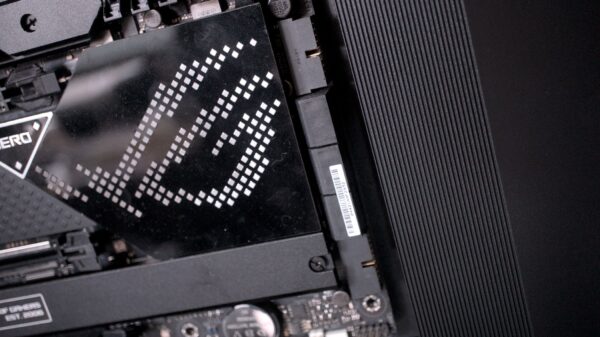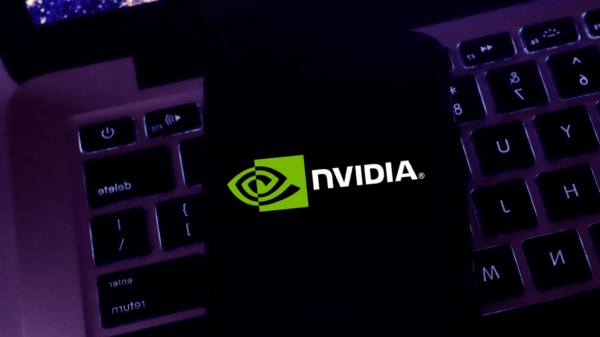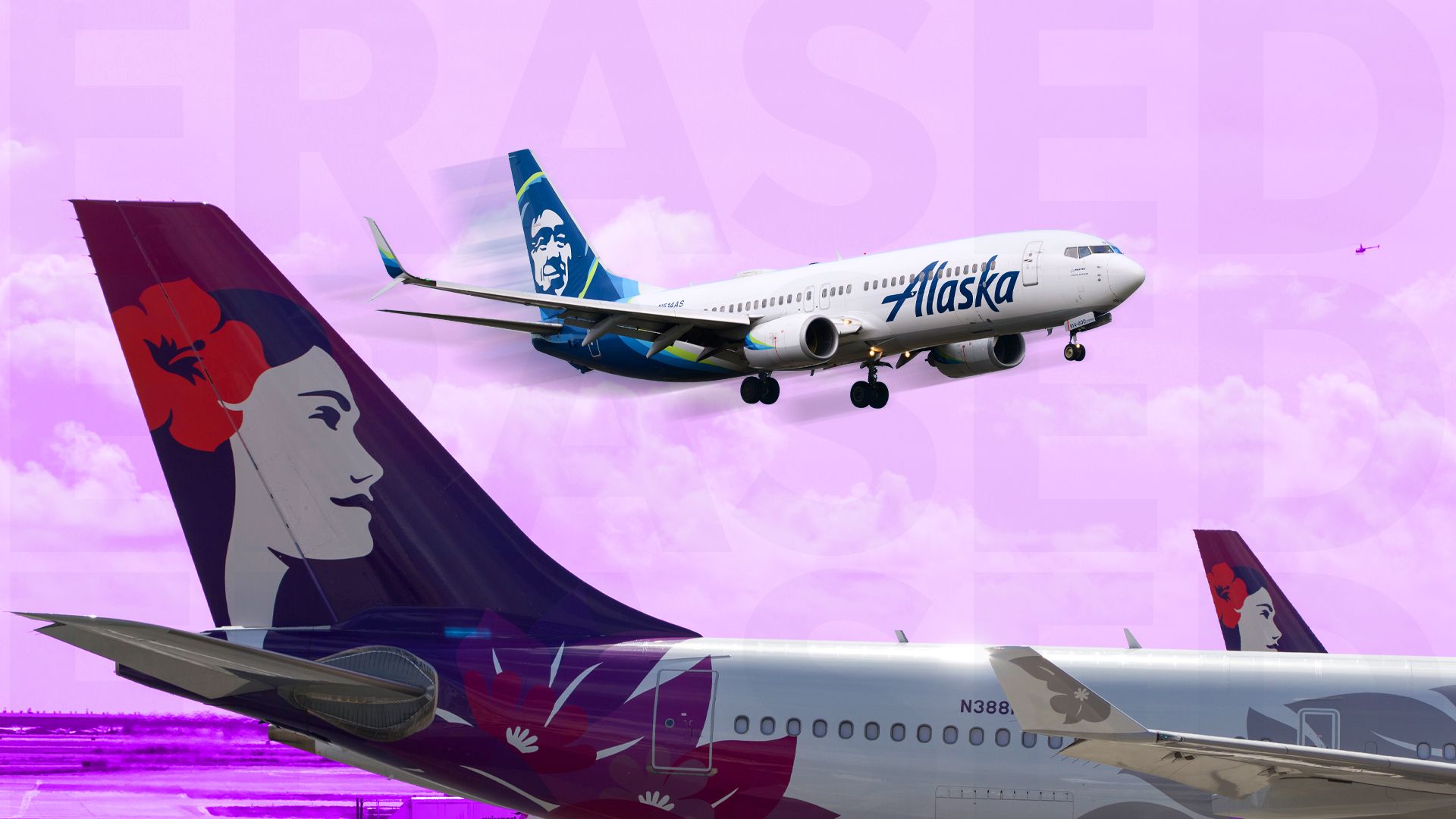Alaska Airlines has officially completed its acquisition of Honolulu-based Hawaiian Airlines for a total of $1.9 billion on September 18, 2024. This merger positions the Alaska Air Group as one of the largest airline operators in the United States, raising questions among Hawaiian Airlines’ loyal customers about the future of the iconic brand. Despite speculation, Alaska Airlines has stated there are no plans to phase out the Hawaiian name in the near term.
The merger promises to transform air travel to and from Hawaii and enhance operations on the West Coast. The combined airline will operate a diverse fleet that includes widebody aircraft such as the Airbus A330 and Boeing 787, marking a departure from Alaska Airlines’ previous reliance on narrowbody planes. This strategic acquisition not only strengthens the airline’s market presence but also comes as a significant relief for Hawaiian Airlines, which faced hardships during the COVID-19 pandemic.
Strategic Advantages of the Merger
With the merger, Alaska Airlines and Hawaiian Airlines are set to operate approximately 40% of all flights between Hawaii and the continental United States, according to AP News. The integration will also see Hawaiian Airlines join the Oneworld alliance, enhancing its network and allowing for a combined frequent flyer program that will transition HawaiianMiles members to the Alaska Airlines Mileage Plan by October 2025.
The acquisition also carries a financial burden for Alaska Airlines. Following a previous acquisition of Virgin America, the airline is obligated to pay an $8 million minimum royalty annually to Virgin Aviation until 2039. This legal ruling has intensified concerns about the potential for brand dilution.
Future Operations and Fleet Expansion
Hawaiian Airlines is expected to receive up to 12 Boeing 787-9 aircraft, with four already delivered. These jets will contribute to the airline’s long-haul capabilities and enable Alaska Airlines to diversify its international offerings. Alaska Airlines plans to operate a direct flight to Rome using a Boeing 787 under its livery, a significant step as it currently does not possess any widebody aircraft independently.
The merger allows Alaska Airlines to expand its international network, which now includes direct flights between Seattle and major Asian destinations such as Tokyo and Seoul. Future routes to Rome Fiumicino Airport and Barcelona-El Prat Airport are scheduled to be added by May 2026.
Hawaiian Airlines maintains a robust domestic and international network, serving destinations from Honolulu to various cities in Japan, Australia, and New Zealand. This operational breadth is complemented by the airline’s commitment to its heritage, with Hawaiian Airlines CEO Joe Sprague affirming that “Hawaii will always be the home of Hawaiian Airlines.”
In an effort to streamline operations, the Alaska Air Group has established a Honolulu-based leadership team to manage both Hawaiian and Alaska Airlines. Jim Sanders, the former Senior Vice President of Technical Operations at Hawaiian Airlines, will lead this initiative as the Head of Hawaii Operations.
The merger’s impact is already evident, with the Alaska Air Group reporting a 34% increase in cargo revenues for the second quarter of 2025, generating $139 million in revenue. This growth is largely attributed to the acquisition of Hawaiian Airlines, with its fleet contributing significantly to cargo operations, especially on routes serving Asia and the Pacific.
As the aviation landscape evolves, Alaska Airlines and Hawaiian Airlines are poised to leverage their combined strengths, ensuring the Hawaiian legacy remains a vital part of their operational identity while expanding their reach in the competitive airline market.








































































